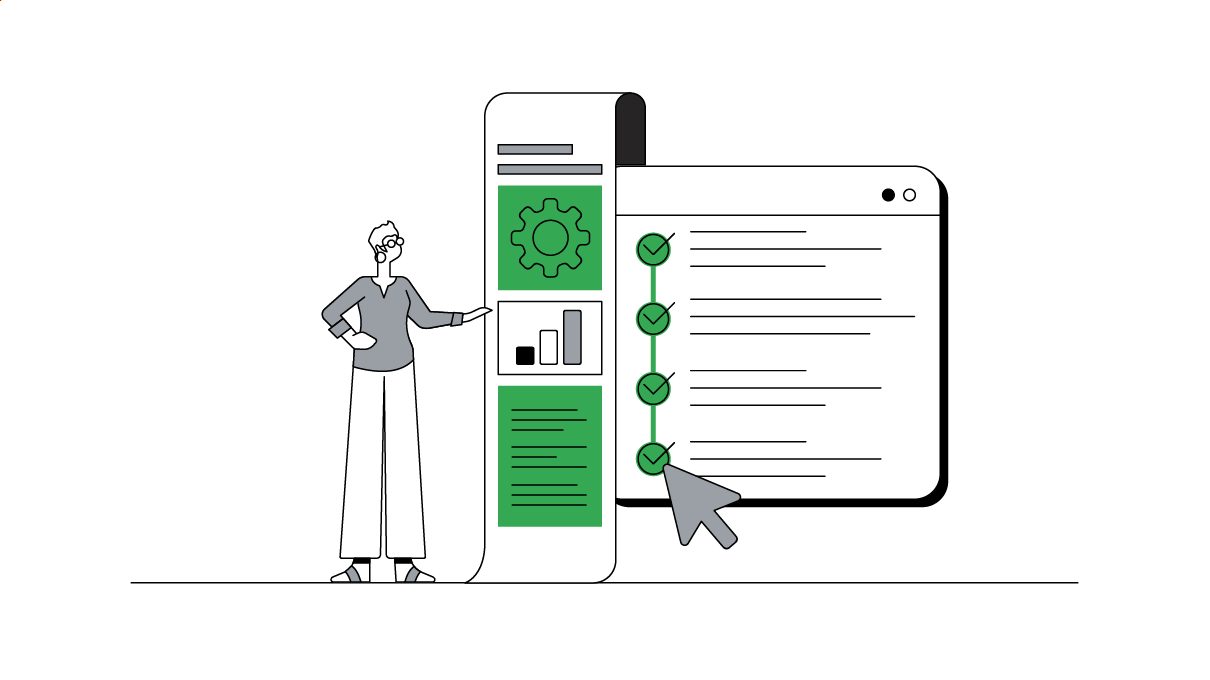We’re now living in a mobile-first world, which has produced huge shifts in user behavior. According to Harry Davies, Google EMEA’s Head of Performance Ads Marketing, the key to responding effectively and quickly lies in making the most of powerful tools to help businesses focus on doing four key things: be seen, be smart, be speedy and measure for growth.
Around the globe people are accessing the internet on their phones more than on computers. That’s right: smartphones now exceed desktop computers everywhere in the world. Just look at The Consumer Barometer to witness this trend at work in any country today.
As a result, people use the internet constantly. Globally, 60% are accessing the internet several times a day. So how are they spending their time? When it comes to getting things done, people are at least twice as likely to use search as any other online or offline source. It turns out that 87% of smartphone owners in a moment of need turn to search first. 1 As businesses, we all need to respond to users’ needs with incredible speed and insight, and the key to doing that is machine learning.
Machine learning has improved Google’s ability to understand what people are searching for. You can experience these advances yourself when you use Google Assistant, Google Photos or Google Translate. In fact, we’re embedding machine learning into all of our products. What does this mean for agencies and the businesses that you work with? There are opportunities to take advantage of our tools to do four key things: to be seen, be smart, be speedy and measure for growth.
Be seen
It’s absolutely essential to be seen in the moment of the consumer’s need. With 60% of people researching online before purchasing in a physical shop 2, Google is focusing on helping businesses be present as a consumer is doing research and shopping – no matter where or when that may be.
For instance, British brand Matalan used Google tools to understand their omnichannel consumer journey and found that mobile was the single biggest driver of footfall and store sales. They put more investment towards mobile, intelligently serving ads to consumers who were in close proximity to a store to help people find what they needed in the moment they needed it.
Be smart
By bringing together Google’s deep understanding of intent, data and machine learning, we’re also building products that help businesses to be smarter. This helps you serve ads precisely in that moment of need while making consumer experiences more assistive and useful than ever before. Whereas in this past this would have been really hard, we’re able to make easy because technology is doing the heavy lifting.
Let’s explore some examples. Back in the day, marketers had to grapple with a significant delay between reporting on ads and making optimizations based on the reports. By building machine learning into all of our products, Google can help you optimize for performance faster and more intelligently. With AdWords Smart Bidding, machine learning determines each keyword bid based on a rich set of auction-time signals. Every user search is different, and bids for each query should reflect the unique contextual signals present at the point of the auction as well as the relationships between those signals.
One example of a business that used Google tools to be smarter was Virgin Experience Days.They layered Remarketing Lists for Search Ads (RLSA) with Dynamic Search Ads (DSA) to serve tailored ads to people who had interacted with the brand previously. This approach ensured their advertising investment worked harder and went further. The campaigns improved click-through rate, revenue and ROI.
To take this to the next level, Google Cloud products very quickly let businesses pull in data from a range of sources (Google AdWords, DoubleClick, Google Analytics, CRM and so on) and turn it into something usable. In this way, it’s possible to make use of machine learning to act on all of this information and drive better, more intelligent decisions.
Be speedy
It’s so important to advise your clients on how to give people great experiences on digital. We recently assessed over 300 sites in EMEA on user experience and speed, and the results were pretty surprising. Too many businesses still rely on desktop-optimized pages, which means sites load slowly for mobile users. Our research shows that 30% of people expect a site to load within two seconds, and 18% expect instantaneous loading – but only 14 of the 318 sites in our study beat the two-second benchmark.3 This leaves plenty of room for improvement.
One business that’s putting a priority on speed is money.co.uk. They managed to reduce their site loading time from 11.7 to just under 3 seconds. Along with improving the mobile user experience, they also improved their performance metrics: click-through rate multiplied by 2.6 and bounce rate decreased by 35%. In short, increasing the performance of your mobile destination serves to improve the return on your advertising spend.
Measure for growth
As humans, we tend to be good at generating numbers, but often without much focus. Agencies need to prioritize working closely with clients on how measurement should be done. For a consumer-centric strategy to be successful, marketers need to shift their mindsets from channels, data silos and media metrics to an approach that puts customers at the center of measurement. Leading marketers are shifting to a lifetime value approach to drive growth, and successful companies are concentrating on three areas in activating this evolution.
First, focus on customer value and long-term outcomes, and align marketing metrics with these goals. Aspire to a metric of success that represents the contribution of a customer to the business both today and in the future. Second, connect metrics to outcomes. If there’s no direct relationship between the two, then create proxies to connect real-time metrics to the business outcomes that you care about in order to make smarter decisions, faster. Finally, invest in strategic experiments to find new experiences that will change the path of future growth.
One business that’s doing this really well is HelloFresh.They used Google Analytics to really understand the value of their marketing investment. Simply by switching to data-driven analytics they managed to produce a 145% increase in return on mobile ad spend. To help you replicate this kind of success, recently Google has launched new data-driven engines in Google Analytics 360 and has debuted Google Attribution, which lets businesses use the same data-driven attribution models found in AdWords across other media.
To sum up, what can agencies advise their clients to do in order to succeed in the mobile-first search-centric world? Be seen in the moment of customer need. Be smart and use machine learning within your marketing to focus on getting the right ad to the right person. Be speedy to make the user experience lightning fast. And to underpin it all switch to measuring for growth to secure success in the future.






